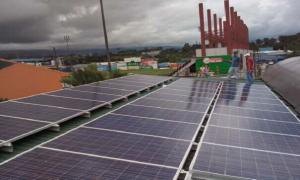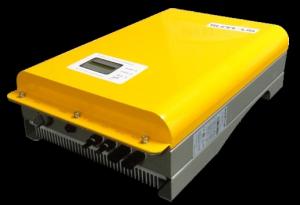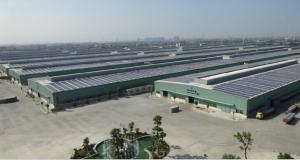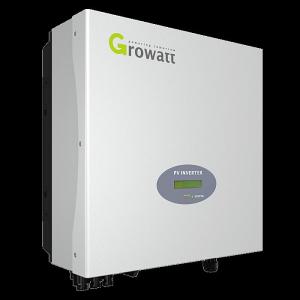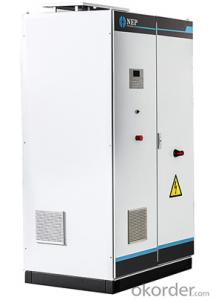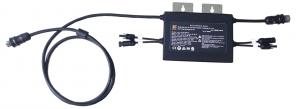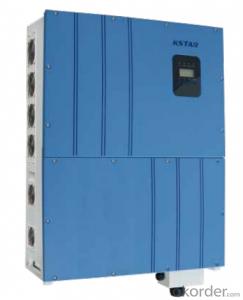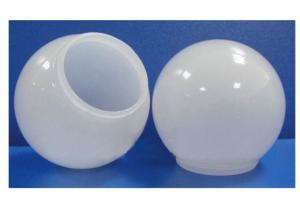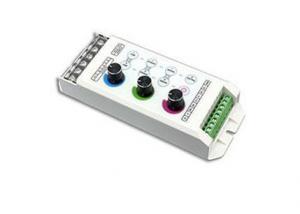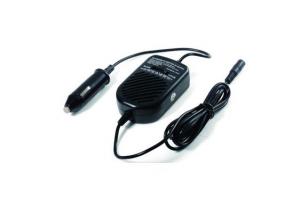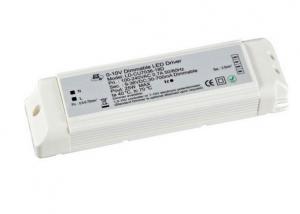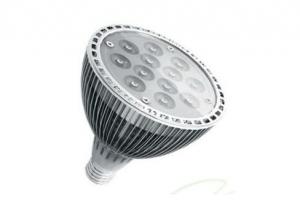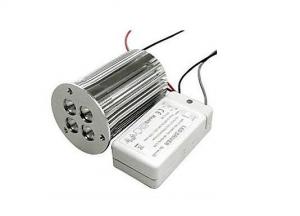Solar Grid Tie Inverter Kit
Solar Grid Tie Inverter Kit Related Searches
Grid Tie Inverter Solar Kit Solar Grid Tie Inverter Solar System Grid Tie Inverter Sun Grid Tie Inverter Solar Hybrid Grid Tie Inverter Grid Tie Inverter Solar Grid Tie Solar Inverter Solar Grid Tie Micro Inverter Hybrid Grid Tie Solar Inverter Solar Inverter Grid Tie Grid Tie Hybrid Solar Inverter Grid Tie Inverter Solar Panel Best Solar Grid Tie Inverter 1kw Solar Grid Tie Inverter Solar Grid Tie Inverter Price 10kw Solar Grid Tie Inverter Best Grid Tie Solar Inverter Grid-Tie Solar Inverter Solar Grid Tied Inverter 5kw Solar Grid Tie Inverter 3kw Solar Grid Tie Inverter 1000w Solar Grid Tie Inverter Nep Solar Grid Tie Inverter Grid Tie Solar Inverter Price Grid-Tied Solar Inverter Mpp Solar Grid Tie Inverter Solar Inverter Kit Solar Grid Inverter Grid Connected Solar Inverter Solar Power Inverter KitSolar Grid Tie Inverter Kit Supplier & Manufacturer from China
The Solar Grid Tie Inverter Kit is a comprehensive solution designed to convert solar energy into usable electricity for homes and businesses. This kit includes all the necessary components such as inverters, mounting hardware, and wiring, making it an all-in-one package for seamless solar energy integration. The application of this product is vast, as it can be utilized in both residential and commercial settings, allowing users to harness the power of the sun and reduce their reliance on traditional energy sources. The Solar Grid Tie Inverter Kit is also an environmentally friendly option, contributing to the global effort to combat climate change and promote sustainable living.The usage scenarios for the Solar Grid Tie Inverter Kit are diverse, making it an attractive choice for those looking to invest in renewable energy. It can be used in off-grid applications, where it provides a reliable source of electricity in remote areas without access to the main power grid. Additionally, it can be employed in grid-tied systems, where excess solar energy is fed back into the grid, potentially earning the user credits or reducing their energy bills. The kit's versatility and efficiency make it a popular choice among homeowners and businesses seeking to adopt clean energy solutions.
Okorder.com is a reputable wholesale supplier of the Solar Grid Tie Inverter Kit, boasting a large inventory that caters to the varying needs of customers worldwide. As a leading distributor, Okorder.com ensures that the kits they provide are of the highest quality, meeting industry standards and offering excellent performance. Their extensive inventory allows them to cater to both small-scale residential projects and large-scale commercial installations, making them a one-stop-shop for all solar energy requirements. By partnering with Okorder.com, customers can rest assured that they are receiving a reliable and cost-effective solution for their solar energy needs.
Hot Products









